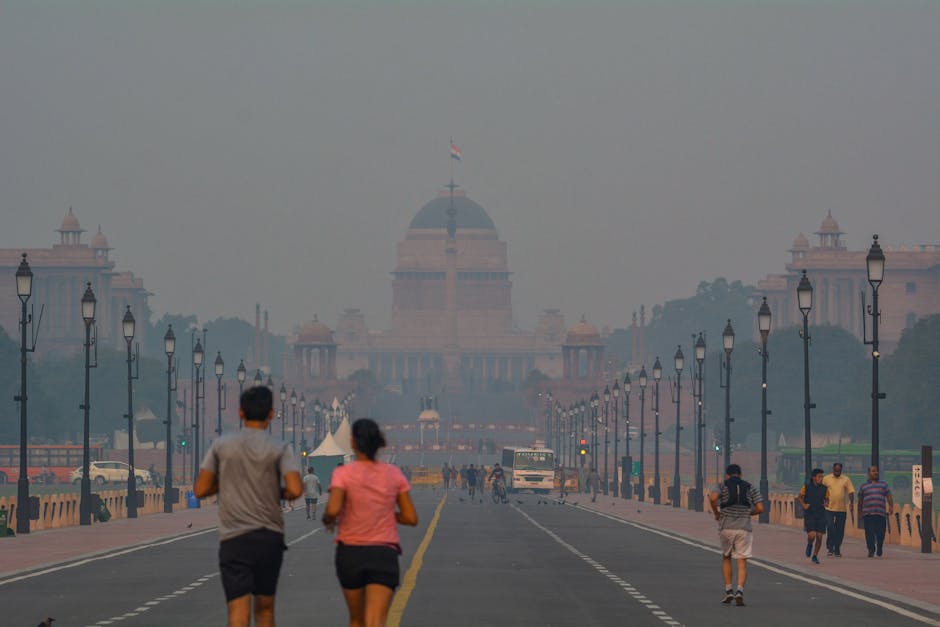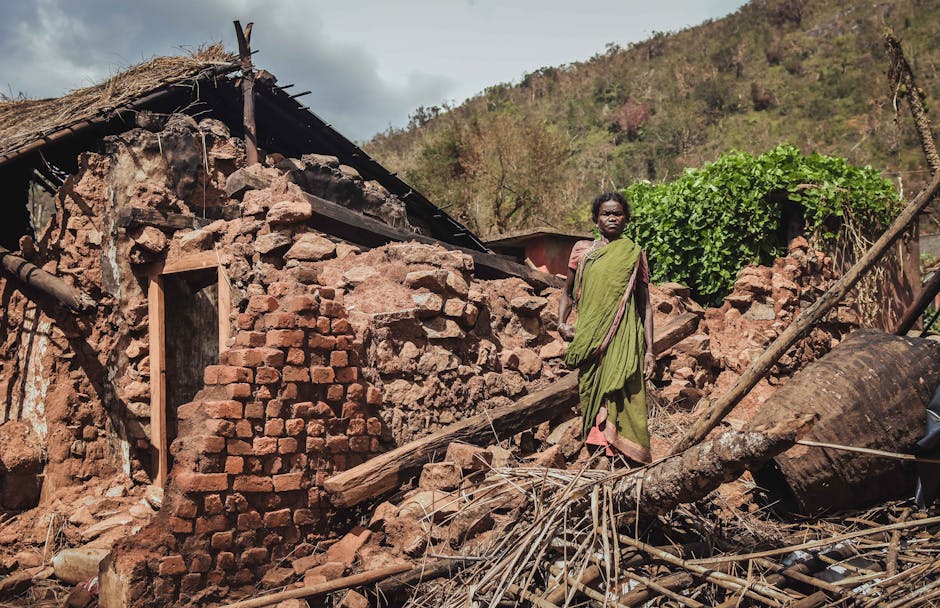**
Major Dhyan Chand National Stadium Delhi AQI Hits 310 – Health Alert
Delhi’s worsening air pollution has reached the Major Dhyan Chand National Stadium, with the Air Quality Index (AQI) hitting 310 (Very Poor). This hazardous level threatens athletes, spectators, and nearby residents, posing severe health risks like asthma attacks and heart conditions.
What Does AQI 310 Mean for Health?
An AQI of 310 falls under “Very Poor”, as per the Central Pollution Control Board (CPCB). Key dangers include:
– High PM2.5/PM10 levels: Can penetrate lungs, causing coughing, wheezing, and long-term damage.
– Elevated NO₂ & SO₂: Aggravate bronchitis and reduce oxygen intake.
– Health advisory: Children, seniors, and those with respiratory issues should avoid outdoor activities.
Why Is Delhi’s Major Dhyan Chand Stadium So Polluted?
The stadium’s location in central Delhi exposes it to multiple pollution sources:
1. Traffic emissions: Nearby high-density roads like India Gate Circle increase vehicular pollution.
2. Construction dust: Ongoing projects like Central Vista add particulate matter.
3. Stubble burning: Smoke from Punjab/Haryana worsens Delhi’s air every winter.
4. Weather inversion: Cold air traps pollutants near the ground.
Impact on Athletes and Sports Events
Training or competing in AQI 310 air leads to:
– 30% faster fatigue (per sports medicine studies).
– Higher injury risk due to reduced oxygen uptake.
– Postponed events: Organizers may reschedule games if AQI exceeds 350.
Delhi’s Anti-Pollution Measures – Are They Enough?
Current actions by authorities:
– Odd-Even rule (triggered at AQI 400+).
– Ban on construction/diesel generators.
– Smog towers near Connaught Place (limited impact).
Critics demand stricter industrial regulations and year-round policies rather than seasonal fixes.
How to Stay Safe Near Major Dhyan Chand Stadium
- Wear N99 masks (more effective than N95 for PM2.5).
- Check real-time AQI via SAFAR-India or AirVisual.
- Indoor alternatives: Use stadium’s gyms or covered facilities.
Long-Term Solutions for Delhi’s Air Crisis
- Electric public transport: Expand metro and EV buses.
- Stubble recycling: Incentivize farmers to avoid burning.
- Green buffer zones around sports venues.
Final Verdict
With Delhi’s AQI routinely hitting hazardous levels, Major Dhyan Chand National Stadium risks becoming a pollution hotspot. Immediate protective steps and systemic reforms are critical to safeguard public health and sports.
For live AQI updates, follow CPCB’s Sameer App or Delhi Pollution Control Committee (DPCC) alerts.




